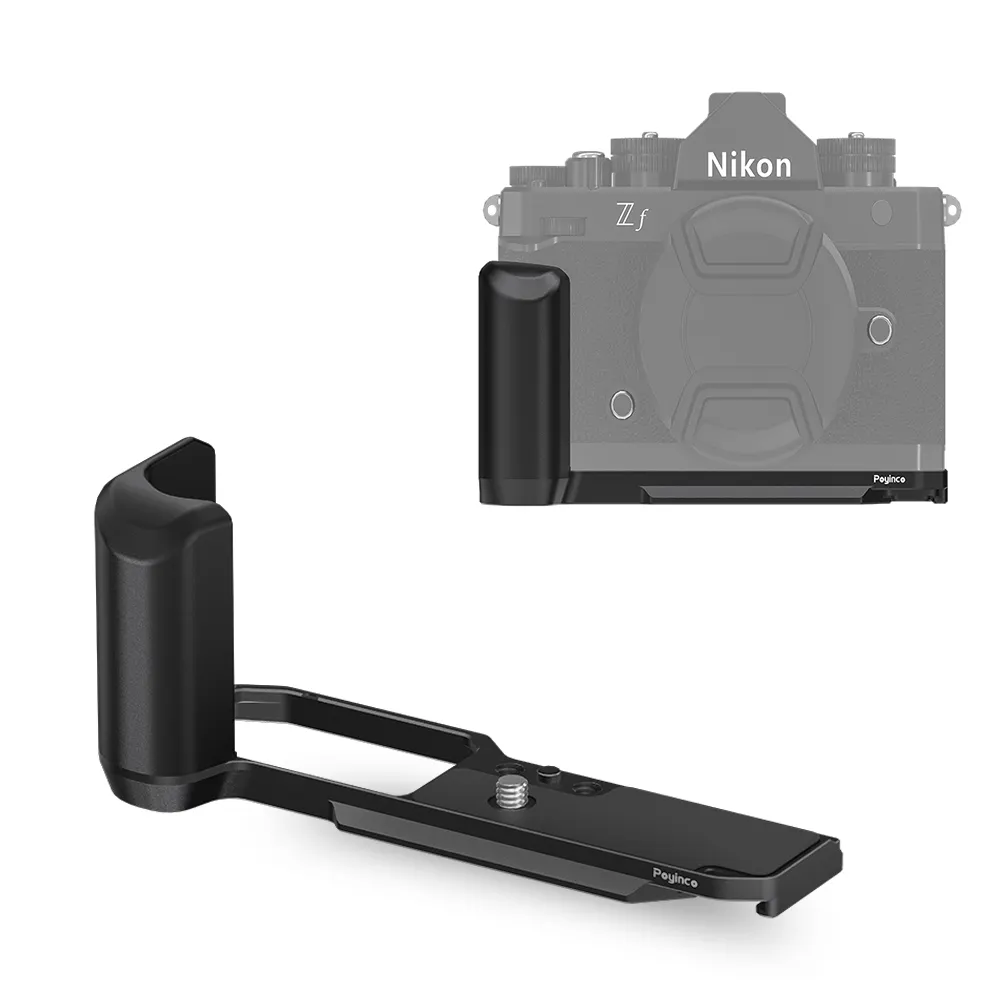

Time:2025-05-21 Views:1

Quick-release plates are essential components in various equipment, ranging from photography gear to industrial machinery, providing a convenient and efficient way to attach and detach accessories or components. The design and structure of quick-release plates are carefully engineered to ensure secure connections, ease of use, and compatibility with different devices.
At the core of a quick-release plate design is the locking mechanism. Common locking mechanisms include screw-based, lever-based, and cam-based systems. Screw-based locking mechanisms rely on a threaded screw that, when tightened, secures the quick-release plate to the receiving device. This type of mechanism offers a high level of security as the screw can be tightened to a precise torque, ensuring a stable connection. However, it may take more time to attach and detach compared to other mechanisms. Lever-based locking mechanisms, on the other hand, use a lever to engage or disengage the plate. By simply flipping the lever, users can quickly attach or release the plate, providing a fast and convenient operation. Cam-based systems work on the principle of a cam-shaped component that, when rotated, exerts pressure to lock the plate in place. These mechanisms are known for their smooth operation and reliable locking.
The structure of a quick-release plate typically consists of a flat, rectangular or square plate made from durable materials such as aluminum alloy, stainless steel, or high-strength plastic. The top surface of the plate is usually equipped with mounting holes or slots that are designed to align with the attachment points on the accessory or component. For example, in photography, quick-release plates for camera lenses often have specific hole patterns that match the tripod mount on the lens. The bottom surface of the plate is designed to interface with the quick-release clamp or base on the main device. This interface may feature grooves, ridges, or a smooth surface with precise dimensions to ensure a snug fit and prevent any lateral movement once locked.
In addition to the basic locking and structural elements, quick-release plates may also incorporate features such as anti-twist mechanisms. These mechanisms prevent the attached accessory from rotating or twisting during use, which is crucial for maintaining the alignment and stability of the setup. Some quick-release plates are designed with built-in level indicators to help users ensure that their equipment is properly aligned. The overall design and structure of quick-release plates are optimized to balance factors such as strength, weight, ease of use, and compatibility, making them indispensable components in a wide range of applications.
Read recommendations:
motorcycle camera mount design
spotting scope quick release plate Supply chain